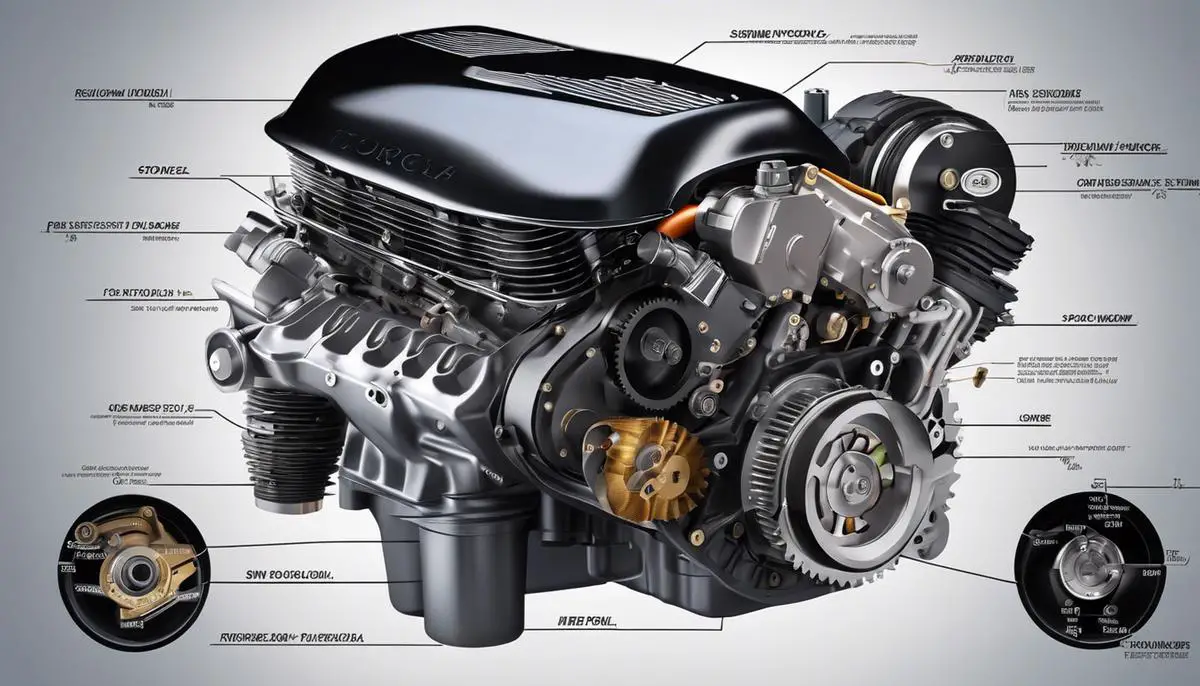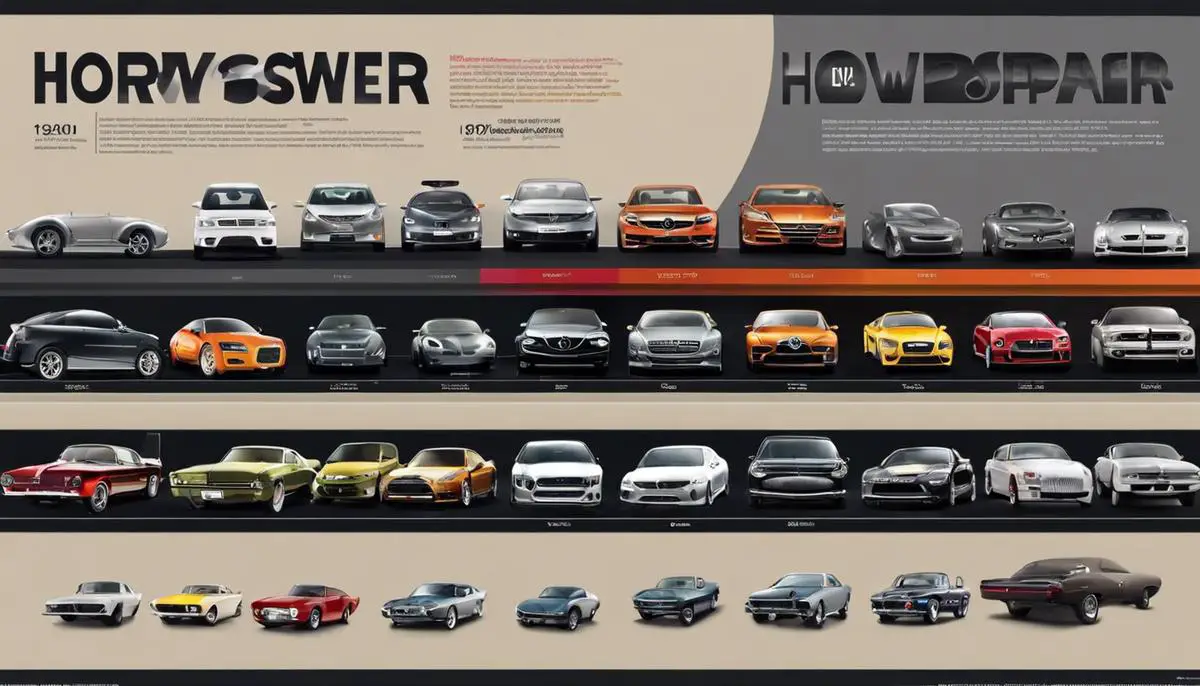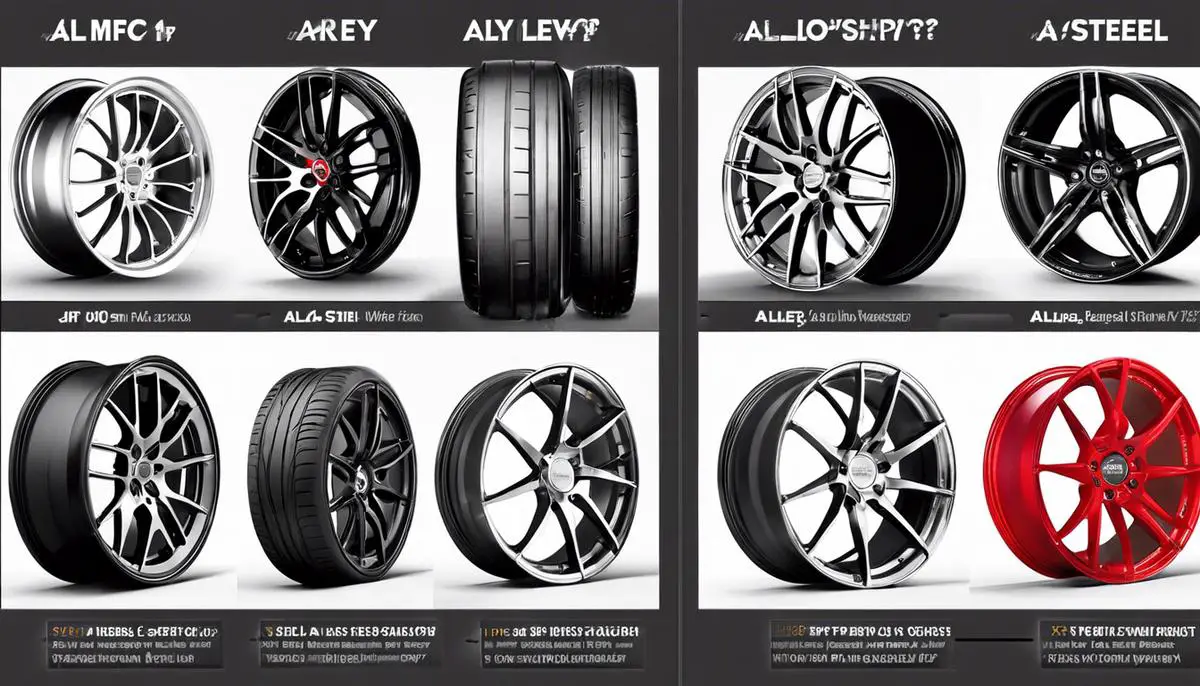Towing a trailer with your vehicle is a task that calls for careful preparation and a solid understanding of your automobile’s capabilities. Whether you’re planning to haul a small trailer for a weekend camping trip or moving heavy equipment, the first step is always to make yourself familiar with your vehicle’s towing capacity. This knowledge serves as the foundation for safe and successful towing, ensuring that the journey ahead is without any unwelcome surprises. Alongside this crucial piece of information, selecting the appropriate hitch and towing equipment emerges as another pivotal aspect of the setup, one that can make the difference between a smooth adventure and a potential roadside emergency.
Contents
Understanding Your Vehicle’s Towing Capacity
Title: Understanding Your Vehicle’s Towing Capacity: The Key to Safe and Successful Hauling
If you’ve ever felt the thrill of hitching up a trailer to your vehicle and heading out on an adventure, you know that towing can add a whole new dimension to the joy of owning a car, truck, or SUV. The breeze on the open road, the sights of new places, and the ability to bring along extra gear, boats, or even a cozy caravan are just some of the perks. But before you hitch up and hit the road, it’s essential to know your vehicle’s towing capacity. Because, friends, towing more than your ride can handle can be a fast ticket to breakdown lane.
First things first, let’s break down what towing capacity actually means. In the simplest terms, it’s the maximum amount of weight your vehicle can safely tow. It’s not just about the engine power; it also relates to the brakes, chassis, transmission, and other critical parts. Think of it as the difference between a sprinter wearing a backpack and a weightlifter carrying a heavy barbell – each is conditioned for different types of loads.
Now, why does it matter? Imagine trying to carry a fully grown St. Bernard on your shoulders while running a marathon—not exactly a stroll in the park, right? The same idea applies to your vehicle. Overloading it with excess weight can lead to decreased handling and braking efficiency, excessive wear and tear, and potentially harmful consequences both for your vehicle and for everyone on the road.
So, how do you find your vehicle’s towing capacity? It’s as simple as checking your owner’s manual or the label inside the driver’s door. Sometimes, you can also find this information on the automaker’s website. The figure you’re looking for is usually listed under “towing capacity” or “maximum towing capacity.”
But wait, there’s more. Towing capacity isn’t the only number that matters. You should also be familiar with other terms like Gross Vehicle Weight Rating (GVWR), Gross Combined Weight Rating (GCWR), Gross Axle Weight Rating (GAWR), and Tongue Weight. These terms help you understand the maximum weight your vehicle can handle, not just tow behind it.
Once you’ve got your towing capacity figured out, remember to factor in all the weight you’ll be adding. That means the weight of the trailer plus the weight of whatever’s going onto the trailer. It’s like packing a suitcase; you need to know the weight of the suitcase (the trailer) and everything you put in it (the load).
Let’s circle back to that St. Bernard analogy. Your vehicle’s engine and brakes are designed to handle a specific amount of weight, just like your legs and back are designed to carry so much. Overload, and you’re asking for trouble. Underestimate the load, and you’re not making full use of your vehicle’s potential.
In the world of towing, knowledge is power—and safety. By knowing your vehicle’s towing capacity, you’re ensuring that every journey you embark on with your trailer in tow is as safe as possible for you, your cargo, and everyone else on the road.
Next time you’re planning a trip, take a moment to consider your towing capacity. It’s not just a number—it’s the key to unlocking the full potential of your vehicle safely and responsibly. Happy towing!

Choosing the Right Hitch and Towing Equipment
Selecting the right hitch for your vehicle isn’t just about matching colors and styles—it’s about physics, safety, and legal requirements. Let’s ensure your towing journey is smooth and secure.
Know Your Hitch ClassesHitches are categorized by classes—their design corresponds to specific towing capacities. These range from Class I, suitable for light loads, up to Class V, for the heaviest trailers. Match the hitch class to the upper end of your towing capacity to allow for some flexibility.
Choose the Right Hitch Type- Rear Receiver Hitches are the most common, mounted directly to the frame of your vehicle, ideal for various towing needs.
- Gooseneck and Fifth-Wheel Hitches specialize in heavy-duty towing, typically found in pickup trucks hauling large campers or livestock trailers.
- Weight Distribution Hitches evenly distribute the trailer’s weight across the vehicle’s axles, which is crucial for medium to large trailers.
- Front Mount Hitches serve purposes other than towing, such as mounting a winch or snow plow.
The ball mount and hitch ball connect the hitch to the trailer. They must fit perfectly. Ball mounts are chosen based on the receiver tube size and drop or rise needed to keep the trailer level. The hitch ball must have the right diameter and weight rating for the trailer’s coupler.
Wiring and ConnectorsEnsure your vehicle’s wiring matches the trailer. Connectors range from simple 4-way flat plugs, adequate for small trailers with basic lights, to 7-way plugs for trailers with electric brakes and auxiliary power.
Braking Systems Are Non-NegotiableFor trailers over 1,000 pounds, consider a trailer with its own braking system. For heavier loads, your vehicle should also be equipped with a trailer brake controller.
Towing Mirrors Are a PlusExtended side mirrors provide a better field of vision while towing large trailers. They’re sometimes required by law, depending on the size of your trailer.
Check Towing LawsAdhere to tow vehicle and trailer regulations—laws vary by state and can affect equipment requirements.
In conclusion, pairing your vehicle with the appropriate towing gear is a meticulous task. It embodies a blend of legal adherence, mechanical compatibility, and an unwavering commitment to safety. Whether it’s the weekend trip or the daily haul, competent equipment selection assures both peace of mind and an unequivocally secure journey. Drive safe and tow smarter, not harder.
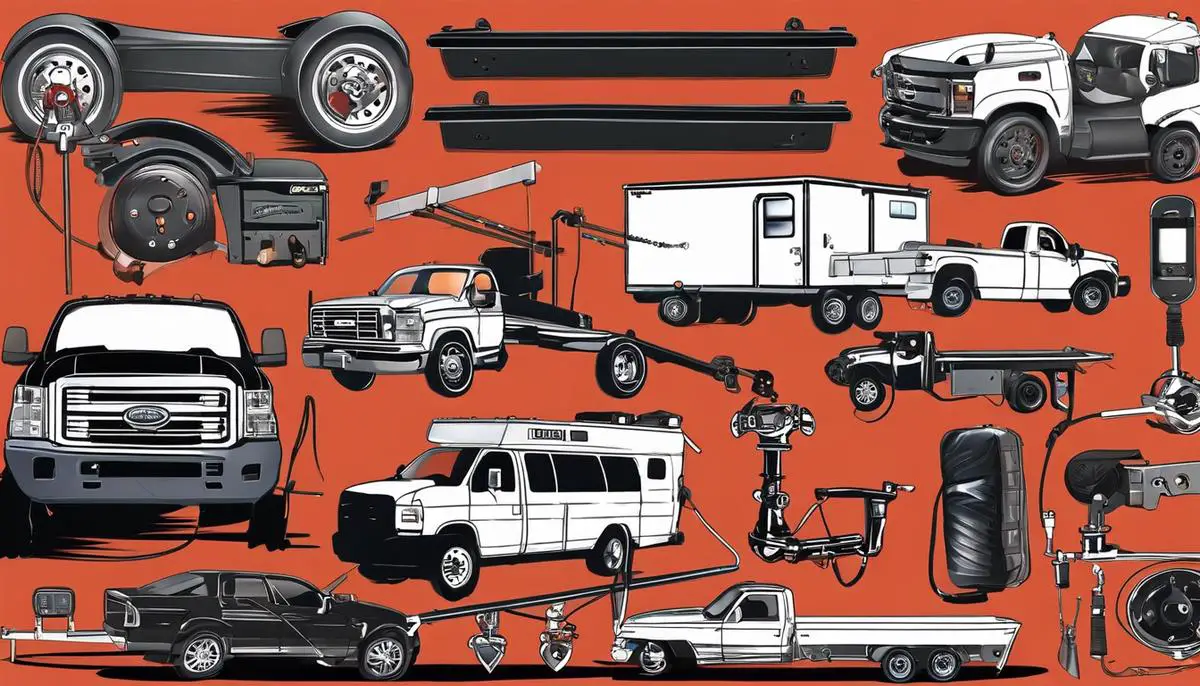
Safety Checks and Pre-Towing Inspection
Performing safety checks before setting off with a trailer in tow is vital for every outing. Here’s a list of the key safety checks that ensure a safe and hassle-free trip.
- Inspect the Hitch – Examine the hitch thoroughly for any signs of damage, such as bends, cracks, or rust. Ensure the hitch pin is intact and the clip is in place. On a weight distribution hitch, check that the spring bars are properly secured.
- Tighten the Coupler – Attach the coupler over the hitch ball and fasten it securely. If the coupler is loose, there’s a risk of detachment while driving. Perform a tug test by pulling up on the trailer to confirm the connection is tight.
- Safety Chains – Cross the safety chains under the trailer tongue and hook them onto your towing vehicle, leaving some slack for turns. Chains should not drag on the ground; adjust their length if necessary.
- Inspect the Brakes and Lights – Check that the trailer’s brake lights, taillights, and turn signals are synchronized with your vehicle. This ensures communication with other drivers on the road. Test the trailer’s brakes for responsiveness—if you have a brake controller, ensure it’s properly adjusted to the trailer’s weight.
- Tire Check – Evaluate the air pressure in both your vehicle and the trailer tires, confirming they match the recommended levels. Look for any signs of wear or damage on the tires. Don’t forget to check the spare tire, as well.
- Wheel Lug Nuts/Bolts – Confirm that lug nuts/bolts on the trailer wheels are tightened to the specified torque.
- Load Securement – Double-check that the load is evenly distributed and secured with appropriate straps or tie-downs to prevent shifting. The heaviest items should be positioned low and toward the front for stable towing.
- Tongue Weight Inspection – Verify that the trailer tongue weight is within the recommended range (typically 10-15% of the trailer’s total loaded weight). Use a tongue weight scale for precise measurement.
- Battery and Breakaway System – If your trailer is equipped with a breakaway system, ensure the battery is charged so it can activate the brakes if the trailer disconnects.
- Load Balance and Clearance – Perform a walk around to check if anything is protruding or hanging loose from the trailer. Confirm there is adequate clearance for the trailer to navigate dips and bumps without scraping.
- Review Emergency Supplies – Make sure your emergency kit, including tools, flashers, and a jack suitable for the trailer, is on board and readily accessible.
- Practice Maneuvers – If you are new to towing or if the trailer is loaded differently than usual, practice a few maneuvers in a safe area. Check your turn radius and reversing skills.
- Final Walk-Around – Do one last comprehensive check of the entire setup before hitting the road. Look out for anything that seems out of place or requires adjustment.
Commit these checks to memory or keep a checklist handy, ensuring they become a natural part of your towing routine. Safe towing requires vigilance and a commitment to regular maintenance and attention to detail. By performing these safety checks every time, you are taking responsible steps to protect yourself, your passengers, and others on the road.
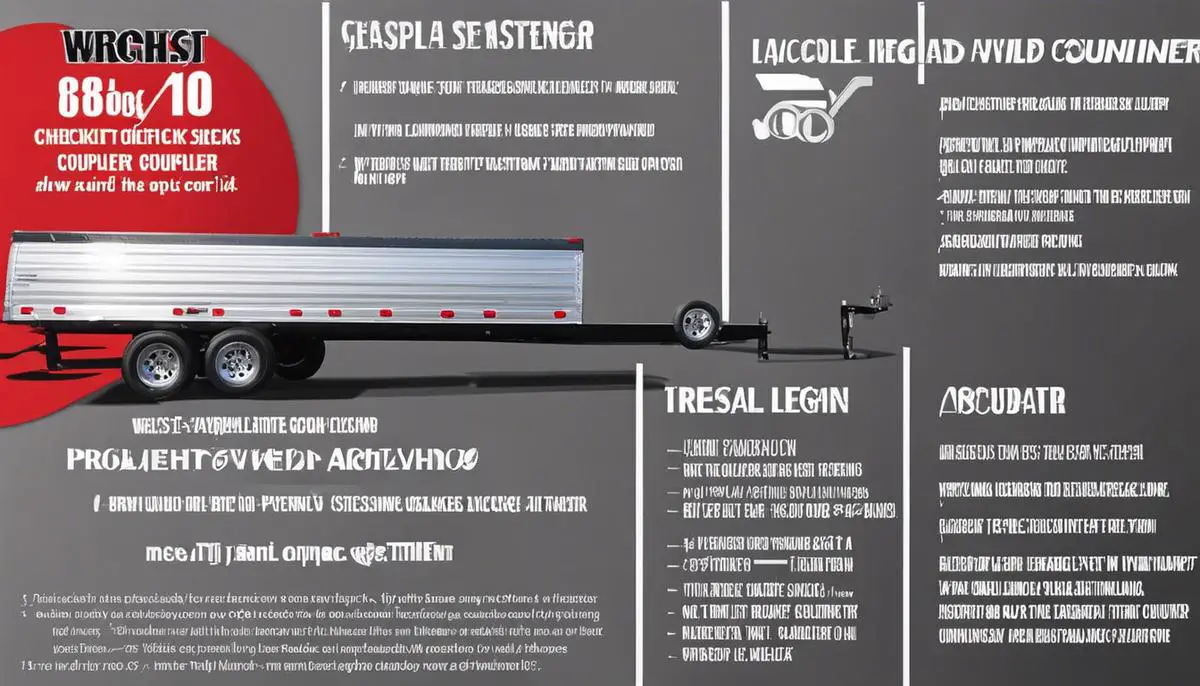
Embarking on a journey with a trailer in tow is more than just hitching up and hitting the road. It requires an investment in understanding the mechanics behind towing, the safety protocols, and the checks that need to be routinely performed. Mastering these details not only prolongs the life of your vehicle but also protects you and your fellow road users. With the essential knowledge and the right equipment in hand, you are now better equipped to tackle the open road, safe in the knowledge that you are well-prepared for the task at hand. Here’s to secure travels and the confidence that comes with towing done right!

